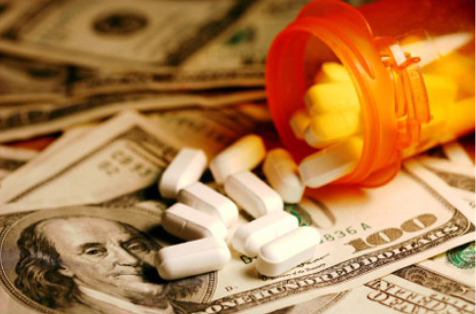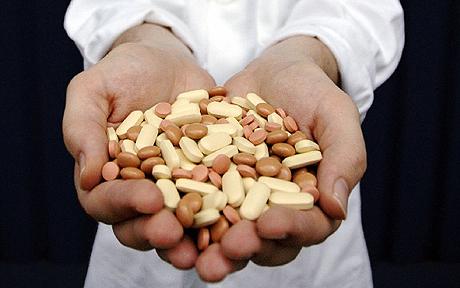
ADHD Marketing Brands Children to Hook Them on Psychostimulants
Social media being used to market childhood as a “mental disorder” prompts calls for action to curb the practice that can lead to misdiagnosis and…


Social media being used to market childhood as a “mental disorder” prompts calls for action to curb the practice that can lead to misdiagnosis and…

Recently some of the nation’s top researchers, clinicians and scientists convened in Washington D.C. for the first annual Selling Sickness conference–examining how Pharma “sells” diseases to move the medications intended to treat them. Examples of Pharma’s disease-mongering business model abound, especially since direct-to-consumer advertising began in the late 1990’s.

It’s no secret that advertising works. Big Pharma wouldn’t spend over $4 billion a year on direct-to-consumer advertising if it didn’t mean massive profits.
What is more unknown is why drug ads that sow hypochondria, raise health fears and “sell” diseases are often the most common–and effective–even when the drugs themselves are of questionable safety.
The nation’s fourth most frequent drug ads in 2009 for were Cymbalta, making Eli Lilly $3.1 billion in one year, despite the antidepressant’s links to liver problems and suicide. Pfizer spent $157 million advertising Lyrica for fibromyalgia in 2009, despite the seizure pill’s links to life-threatening allergic reactions. The same year, it spent $107 million advertising the antidepressant Pristiq, even though it also had links to liver problems.

The discovery that many people with life problem or occasional bad moods would willingly dose themselves with antidepressants sailed the drug industry through the 2000s. A good chunk of the $4.5 billion a year direct-to-consumer advertising has been devoted to convincing people they don’t have problems with their job, the economy and their family, they have depression. Especially because depression can’t be diagnosed from a blood test.
Unfortunately, three things dried up the depression gravy train for the drug industry. Blockbusters went off patent and generics took off, antidepressants were linked with gory and unpredictable violence, especially in young users and — they didn’t even work, according to medical articles!
All you knew about prescription drugs were creepy ads in a JAMA at the doctor’s office with a lot of fine print. Even if you knew the name of a drug, you’d never ask your doctor for it because that would be self-diagnosing and cheeky for a patient.
Flash forward to the late 1990s when direct-to-consumer (DTC) drug advertising, drug Web sites and online drug sales came on board, and self-diagnosing and demanding pills has become medicine-as-usual for the doctor/patient encounter.
The DTC/Web perfect storm didn’t just sell drugs like Claritin, Prozac and the Purple Pill, it sold the diseases to go with them like seasonal allergies, GERD and depression. It sold risk of diseases like heart events for which you’d take a statin like Lipitor, osteoporosis for which you’d take a bone drug like Boniva and asthma attacks for which you’d use a second asthma drug like Advair. Of course, by the very definition of prevention, you didn’t know if the drugs were working but you weren’t paying out of pocket anyway so what the hay…